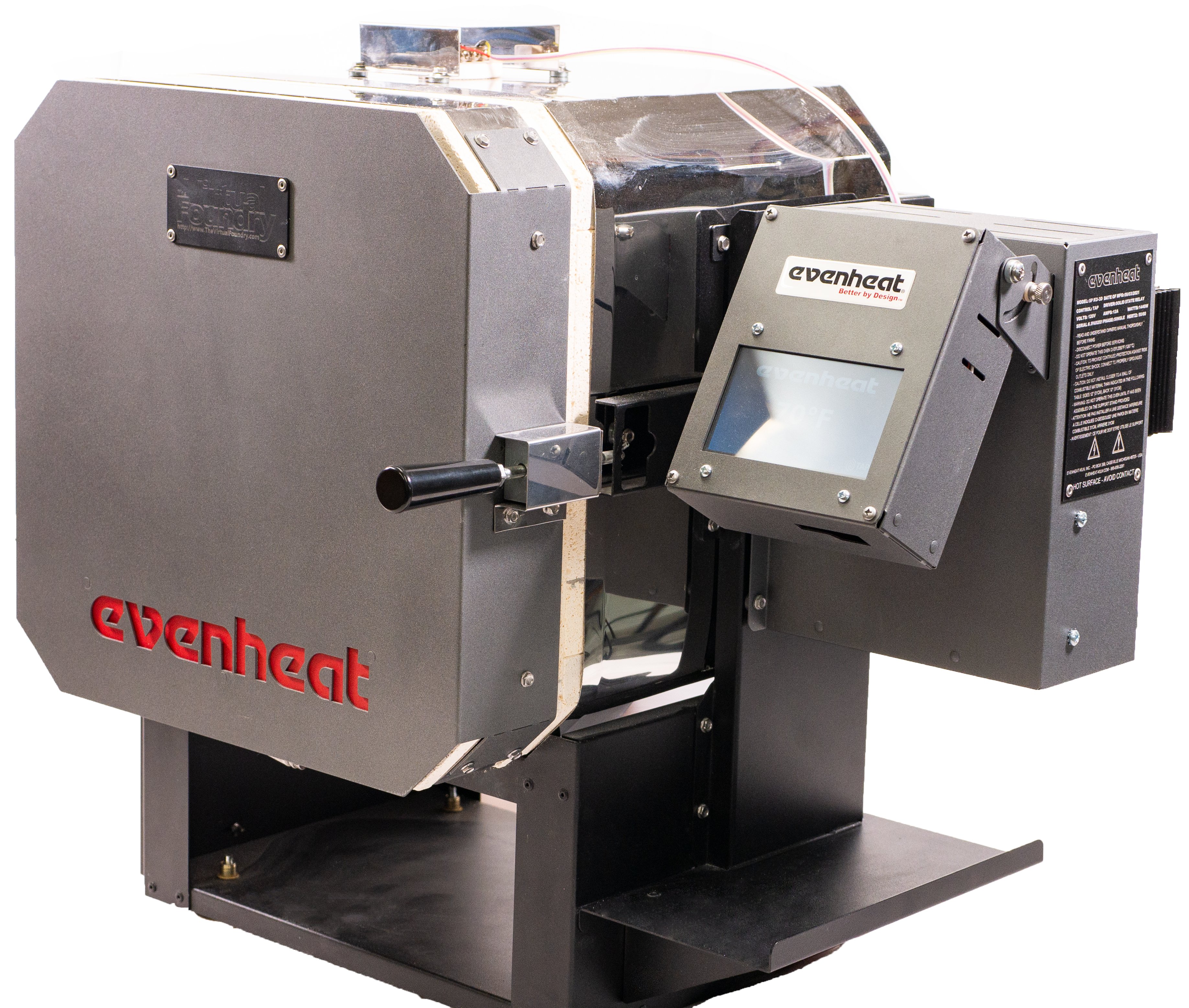| Article |
Costing Example
|
|
| 3D printing metals is practical Forward
AM’s Ultrafuse has a narrow shrinkage window of 16-17% on the XY
and 19-20% on the Z axis. Using Filamet brand metal filament from The
Virtual Foundry, you can plan for the print to shrink about It’s also helpful to know that Ultrafuse offers a comprehensive user guide |
Design Parameters 1KG ticket $50 Consultation $199 / $599 DSH has Debinding and Sintering runs scheduled every other Tuesday, on the 2nd and 4th week of every month, and parts need to have arrived to DSH on the Friday before. See the schedule below for the days when they will run any properly packaged and shipped Ultrafuse 316L parts they have received. What counts as properly packaged and shipped parts? Check out our "How to Prepare Ultrafuse 316L Parts for Debinding and Sintering" guide. BASF Ultrafuse 316L 3D Printing Filament Settings
|
Copper Aluminum Brass Iconel Stainless Ceramics News Formdex Sculpteo Basf |
Filaments $300 kg SS
Sintering Materials $50 Talc Carbon...
Filament Heater $100
Printer $2500

Sintering Oven $2900

evenheat from knife maker KO18 free shipping. $2188
Sheffield Pottery $2100 free shipping
next size up
Aluminum 6061 Filamet™